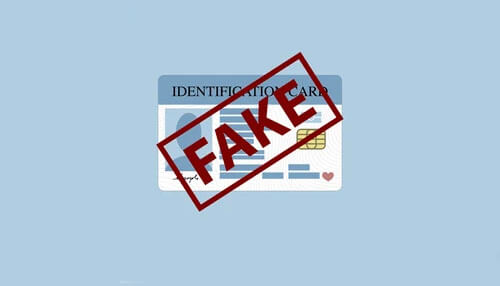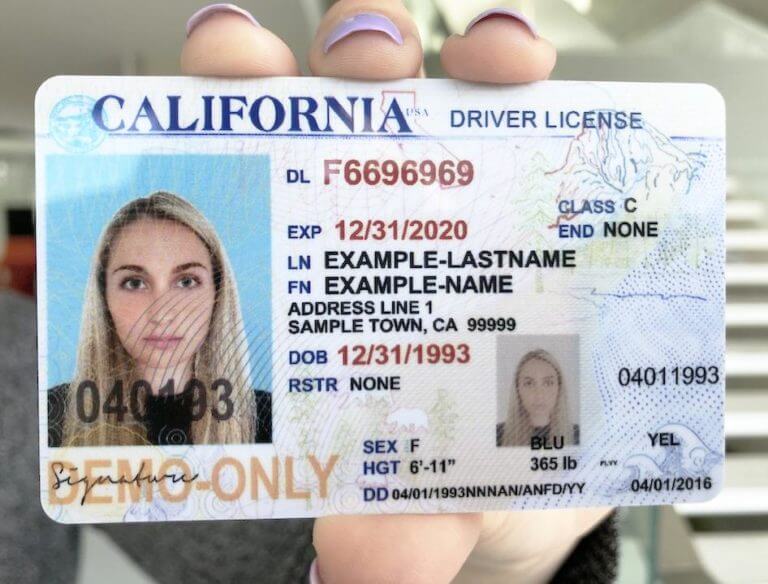How to tell a Fake ID (10 Obvious Ways)

How to tell a Fake ID (10 Obvious Ways): Have you ever wanted a 10-point guide or a 5-minute crash course on how to spot a fake ID? This is one from the top company in the industry. Enoughinfo.com
Read Also: How To Detect Fake Bank Alert(All you need to Know)
Verifying the identification or age of potential consumers is a common but crucial part of your job if your organization involves retailing limited, age-gated, or identity-based products or services (banking, automobile, hotel).
It’s also a fact that you have seen phony identification documents. Some, you’ve been able to identify and prevent penalties and legal repercussions for your company. There are however others that are such convincing impersonators that you feel powerless to stop them from harming your reputation while yet fulfilling your social obligations to your society.

Read Also: How To Spot A Fake DNA Test Results(2023 Tips)
10 Obvious Ways on How to tell a Fake ID
1. Compare the ID image with the live image first thing
Occasionally, especially during busy hours, fraudsters will use a friend’s or family member’s valid ID to get access. Make sure the person standing there and the photograph on the ID match. Patronscan takes things a bit beyond. For example, if several customers use the same legitimate ID to enter a venue, Patronscan will send you a Double Scan Alert if an ID has been used that evening, alerting you to the possibility that this is an illegal and unauthorized use of a legitimate ID.
2. Legitimate IDs are made of polycarbonate
Authentic IDs are composed of premium polycarbonate, unlike many counterfeits that employ less expensive plastic. Acclimate yourself to the feel of authentic IDs so you can readily identify fakes. If you’re unsure, do this fast test: when dropped upon a hard surface, a legitimate polycarbonate ID should sound like metal.
Read Also: How to delete your CVS Account (Step By Step Guide)
3. Track down the ghostly picture
A reduced-size, semi-translucent version of the person’s picture can be seen on several IDs. While manufacturers of fake IDs frequently overlook this, Patronscan never fails to search for it.
4. Observe any holograms
Since holograms are costly and challenging to replicate, they are employed in authentic identification documents. Making a check for them is a smart idea.
Read Also: How to Cancel a Walmart.com Account (Step By Step Guide)
5. Material and Texture
Authentic IDs are often made of specific materials with unique textures. Compare the feel of the ID in question to a known genuine ID to check for any discrepancies.
6. Microprinting
Genuine IDs often have microprinting, which is very small text that is difficult to replicate. Use a magnifying glass to check for tiny, clear text that may be present on a legitimate ID.
Read Also: How to Transcribe Voicemail on iPhone (The Ultimate Guide)
7. Seek out any laser spots
Using a flashlight, you may determine whether the light is passing through the ID in the correct direction depending on the distinct IDs from the relevant state or province. No matter the issuing state or province, Patronscan automatically “looks” for the proper laser perforation based on the ID that has been used. However, it can be difficult to look for them, particularly if you see customers from several jurisdictions.
8. Make use of challenge queries
Under duress, even the most skillfully forged ID user can falter. Ultimately, people are aware that it is a ruse regardless of its quality. Educating your staff on how to ask a few basic questions will help you find those fakes. If your company receives IDs from several countries, it could be difficult for your staff to recall the appropriate inquiries. Based on the state shown on the ID and the right answers at the scanner.
Read Also: how to cancel Terminix (A Complete Guide 2024)
9. Features of Security
Learn about the security characteristics of the particular ID you are looking at. This could contain raised lettering, holograms, and other anti-forgery elements.
10. Physical attributes
Verify that the ID holder looks like they do in the photo. Take note of specifics such as height, facial features, and color of eyes. The picture on a forged ID might not be the person presenting it.
11. Typography & Fonts
Examine the ID’s typography and font choices. While phony IDs could have anomalies, real ones usually have fonts that are consistent and professional-looking.
Read Also: How to stop the screen turning off on a Mac (All you need to know)
Conclusion
Use your best judgment and, when in doubt, seek advice from the relevant authorities or adhere to your organization’s protocols for resolving such cases if you believe an ID is fraudulent. Remember that counterfeiting methods and technology are always changing, so it’s important to stay up to date on the newest security measures.




